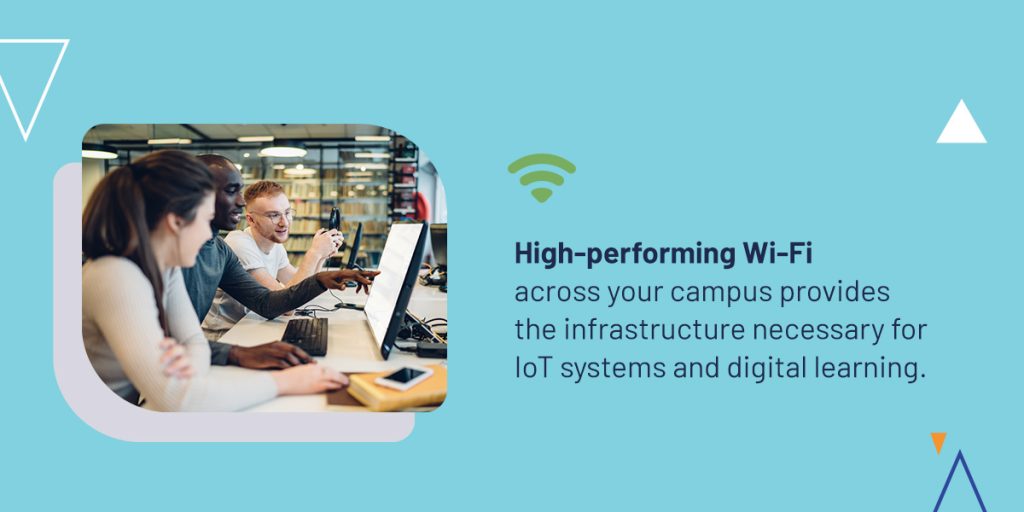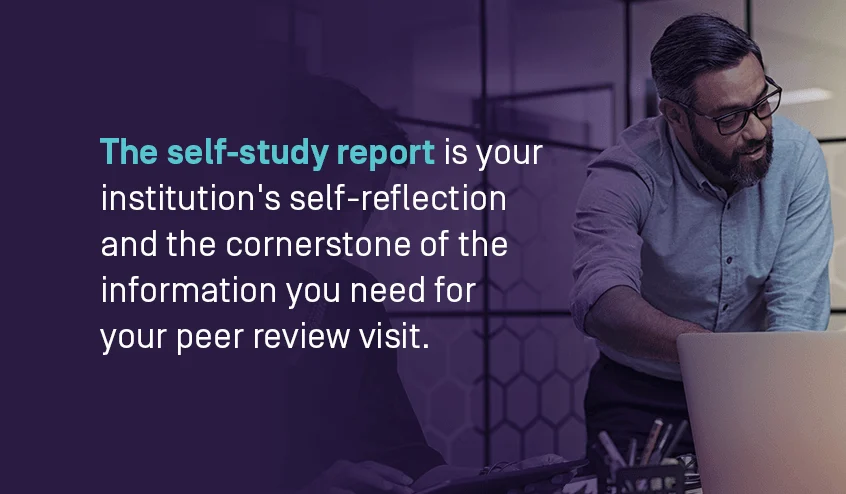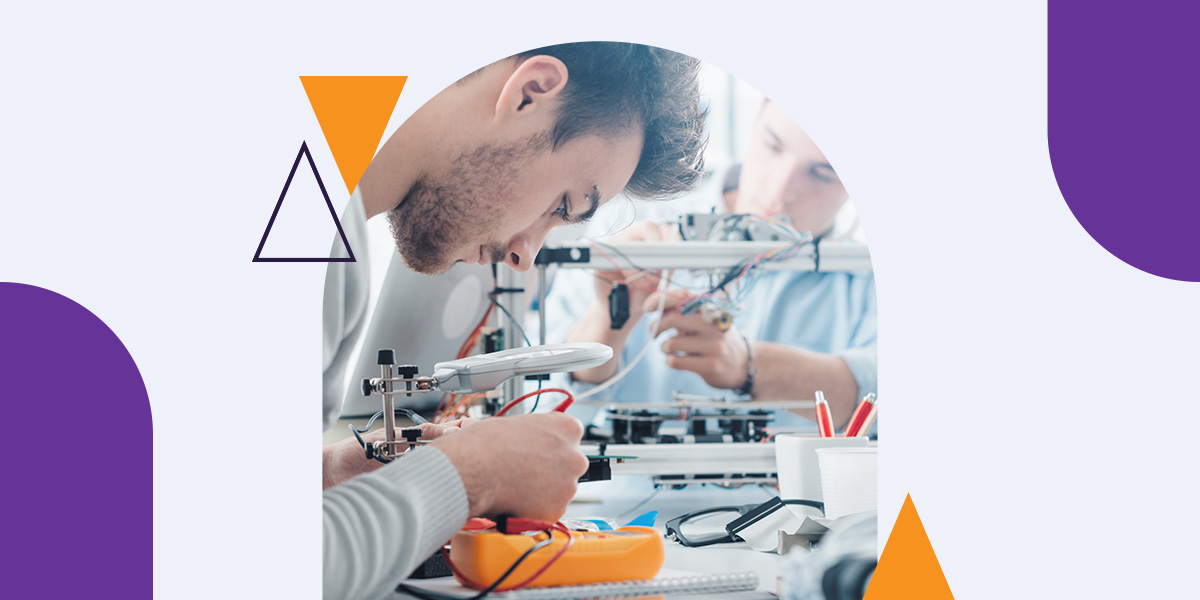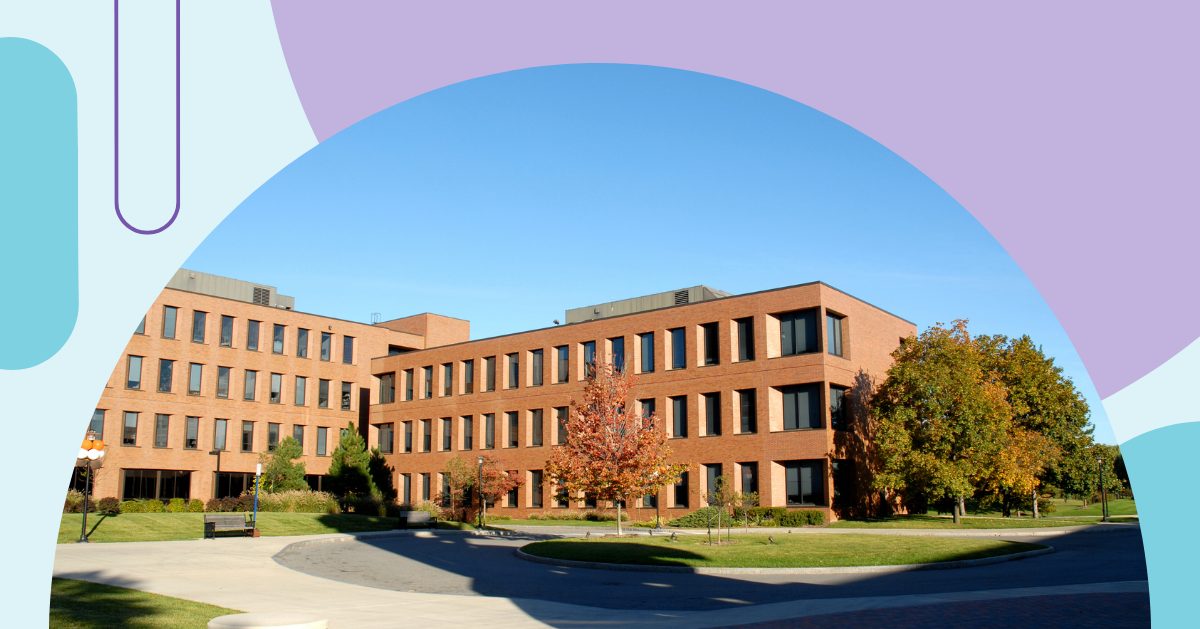
Today’s students and faculty members are accustomed to seamless connectivity and intuitive experiences. They value a frictionless encounter with every product, service, and space they engage. At the cutting edge of higher education, innovative institutions are transforming to align with these expectations. Your institution can reap the rewards of this revolution by building a smart campus through centralized data management, advanced analytics, and user-friendly interfaces.
The smart campus revolution
A smart campus is one that integrates next-generation technologies and connects systems across physical and virtual spaces to deliver seamless service, achieve institutional objectives, and create an inclusive community. Smart campuses rely on connectivity between AI and Internet-of-Things (IoT) technologies, cloud platforms, mobile apps, analytics software, facilities, faculty, staff, and students.
Leading examples of smart campuses include Arizona State University, Hong Kong University, and the University of Technology Sydney. These universities have smart campuses with interconnected digital learning hubs, IoT sensors, digital twin technology, and mobile apps for seamless navigation of physical and digital facilities.
The benefits of a smart campus include:
- Improved experiences: Smart campuses create a frictionless experience for students, faculty, and staff when teaching and learning, accessing resources, and navigating the campus. Integrating data analytics into student support and learning systems allows for personalization. Connected platforms support efficient, engaging collaborations on group projects.
- Holistic well-being: Wearables can track exercise and movement, promoting an active lifestyle. Predictive analytics and automated alerts can flag students who need academic support. Mobile appointment scheduling and virtual counseling platforms provide frictionless access to mental health resources.
- Cost savings: Data-driven resource optimization, streamlined administrative processes, and proactive support based on predictive analytics combine to create a campus that does more with less.
- Sustainability: Smart building controls, renewable energy systems, and real-time utility monitoring make smart campuses sustainable.
- Safety: Advanced physical security and cybersecurity systems keep smart campus stakeholders safe.
- Inclusion: A smart campus uses accessible classroom technologies like screen readers and captioning systems, diversity data tracking, and student experience surveys to create an environment where all students feel welcome.
What makes data the center of a smart campus?
A smart campus depends on collecting, integrating, and analyzing data to improve efficiency, enhance the student and faculty experience, and enable informed decision-making. This is why data silos are key obstacles to overcome when transforming a traditional campus into a smart campus. Fragmented data across departments and legacy systems creates blind spots that lead to missed opportunities for proactive interventions, inconsistent student experiences, and under-informed strategic decisions.
When building a smart campus, engage all departments in collaboration and implement unified, integrated software solutions with centralized dashboards for monitoring institution-wide data. By connecting siloed systems and surfacing insights from integrated data, you can:
- Monitor a holistic view of key outcomes at your institution.
- Harness advanced analytics, AI, and machine learning to extract insights from comprehensive datasets.
- Leverage predictive analytics to forecast enrollment trends, identify students at risk of attrition, and optimize resource allocation.
- Track key performance indicator (KPI) progress and identify opportunities for continuous improvement.
- Create a culture of transparency and accountability.
- Streamline institution-wide implementation of new tools and technologies.
Harnessing the power of unified data for a smart campus
If your campus is ready to go smart and translate unified data into institutional excellence, these 10 strategies will aid the transformation.
1. Conduct a needs audit
Start by casting a detailed vision of your campus as a smart campus, and identify the steps to take to realize that vision and the obstacles that could hinder it. Assess your data flows to find silos, and survey faculty, staff, and students for pain points across all departments. Based on your audit, list the key areas for improvement in your smart campus transformation.
2. Invest in scalable network infrastructure
Your campus needs a high-speed, reliable network that can support a large number of devices and increasing traffic. High-performing Wi-Fi across your campus provides the infrastructure necessary for IoT systems and digital learning.

3. Integrate IoT devices and smart sensors for real-time data collection
Deploy smart sensors for energy management, occupancy tracking, security, and environmental monitoring. IoT platforms analyze real-time data from these sensors to create predictive maintenance schedules, space optimization plans, and rapid safety alerts. The result is a safer, more efficient campus.
4. Centralize data management
Implement cloud-based software with campus-wide dashboards you can use to monitor KPIs like student retention and graduation rates. This is the most effective way to prevent data silos, support students, and improve your institution’s operational efficiency through data-driven insights.
5. Leverage advanced analytics with AI and automation
Smart analytics tools turn raw data into actionable insights. Advanced analytics with the greatest potential to support student success at your institution include:
- Predictive analytics: These tools analyze past and present trends to project future outcomes, including identifying students at risk of disengagement and forecasting enrollment numbers.
- Prescriptive analytics: Machine learning algorithms draw on descriptive and predictive data to recommend actions, like inviting an at-risk student to sign up for success coaching.
- AI-powered sentiment analysis: AI analyzes trends in qualitative data, like responses to open-ended student survey questions, and distills actionable takeaways for improvement.
- Automated alerts and notifications: Automation accelerates the processes supporting student success at your institution, like inviting students to tutoring sessions and alerting faculty when risks of disengagement are high. Alerts based on sensor data can also flag appliance failures, from laboratory equipment malfunctions to water leaks.
6. Provide user-friendly interfaces
Intuitive interfaces for student support, class schedules, assessments, and campus navigation help create the student experience smart campuses are known for. Equip students with a mobile app to streamline these daily functions.
7. Collaborate for continuous improvement
Form cross-functional teams from IT, facilities, academics, student support, and student representatives to align smart campus goals and improve initiatives.
8. Balance privacy and transparency
Establish data governance policies to protect privacy while gathering data to support student success. Commit to transparency regarding data-handling practices.
9. Pilot, measure, and scale
Implement smart campus initiatives in targeted pilot projects, measure impact, and improve where necessary before implementing new systems across your campus.
10. Choose smart vendors
Partner with technology vendors who:
- Share your vision of a smart campus.
- Facilitate centralized access to campus-wide, data-driven insights.
- Provide tools that integrate with each other and your existing infrastructure.
Embrace a smart campus with Watermark
A smart campus thrives on integrated data, scalable technology, and continuous improvement. If you’re ready to embrace a smart campus, try the Watermark Educational Impact Suite (EIS) to drive your transformation. This unified higher education software toolkit includes:
- Watermark Student Success & Engagement: Access a real-time view of each student’s journey, harnessing predictive and prescriptive analytics, automated alerts, and a mobile app support interface to help students succeed.
- Watermark Course Evaluations & Surveys: Gather feedback on your smart campus initiatives via mobile-friendly surveys, and understand it through AI-powered sentiment analysis and visualizations to inform continuous improvement.
- Watermark Planning & Self-Study: Centralize assessment, accreditation, and strategic planning in one platform with unified dashboards that eliminate data silos and empower institutional efficiency.
The EIS is designed for seamless integration with your existing LMS platform and offers a centralized perspective of campus-wide data through user-friendly, customizable dashboards. Request a free demo today to discover how our EIS can help you build a smart campus and drive institutional excellence.













































































































































































































































































































































































































